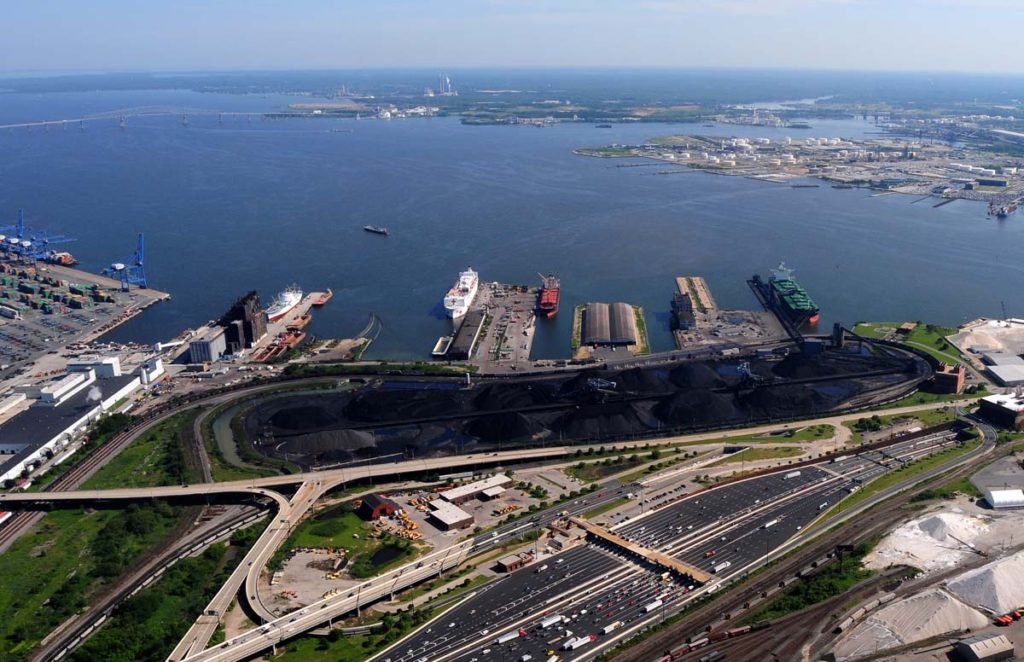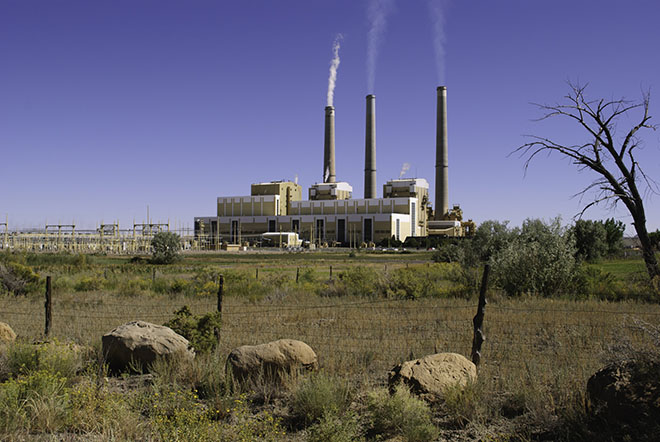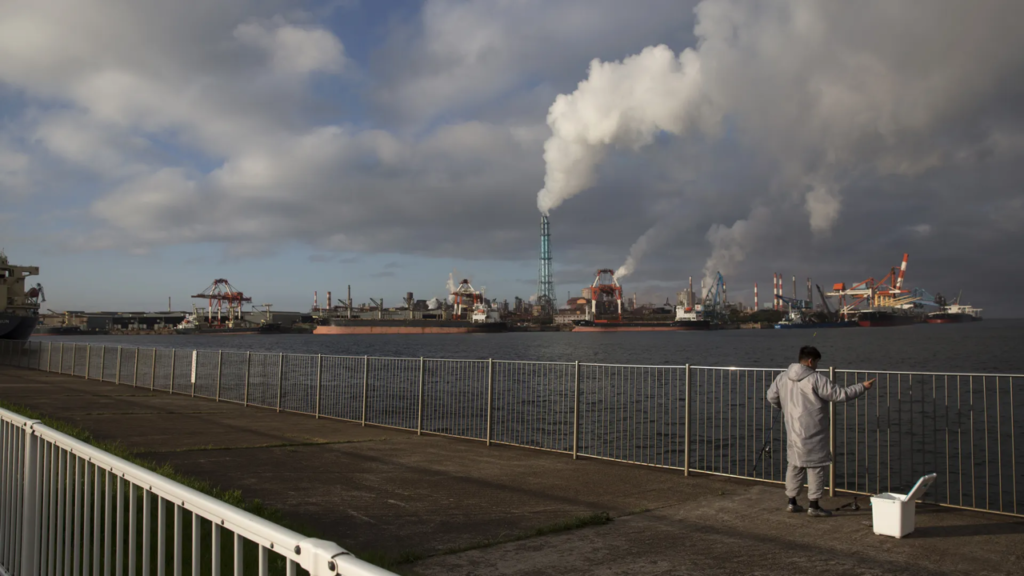Lacking seasonal support from the heating sector and ample availability of supply weighed on the global LNG market during the week ended Dec. 8, with sources still awaiting a demand catalyst to reignite activity. Platts, part of S&P Global Commodity Insights, assessed the January JKM at $12.79/MMBtu and the JKM balance-of-month/next day derivatives at $12.40/MMBtu Dec. 11. The February JKM was assessed at $12.72/MMBtu. The West India market for January was assessed at $12.30/MMBtu.
NWE, Med
Temperatures are forecast to cool in Europe in the coming weeks, but they will remain above average for this time of year. As a result, demand from the heating sector remains lackluster. Low demand and relatively full storage, as well as a strong import trend, have worked together to drag prices lower across Northwest Europe and the Mediterranean.
The Platts DES Northwest Europe Marker for January was assessed at $11.51/MMBtu on Dec. 8, down 31.7 cents/MMBtu on the day and $1.47/MMBtu on the week. The Mediterranean marker was assessed at $11.46/MMBtu on Dec. 8, also down 31.7 cents/MMBtu on the day and a $1.43/MMBtu drop on the week.
European gas storage fell 3.3% week on week to 91.1% full as of Dec. 9, according to Aggregated Gas Storage Inventory data. Despite continued week-on-week falls, sources were still seeing a “calmness across the market.” With one source suggesting that even if a cold snap were to hit Europe and the Med, storages will still be comfortable by the end of winter and may even be higher than levels seen last year.
The market still sees current energy supply and storage as sufficient to cover winter demand, one source said. The seasonal factor is still struggling to lift energy prices, even temporarily, they added. Additionally, with seasonal support still failing to bolster prices, economic growth signals remain relatively depressed across Europe which may further weigh on demand. The market is waiting to see the initial reaction still from the prospect of cooler temperatures; however, the bearish view remains the dominant outlook in the near term.
Gulf Coast marker
Platts assessed the FOB Gulf Coast Marker at $9.86/MMBtu Dec. 8, down 31.1 cents/MMBtu on the day and $1.41/MMBtu on the week.
While cooler temperatures in the near term may provide much-needed support for prices, milder temperatures are expected to persist in the next few weeks. Strong production out of the US, as well as milder temperatures weighing on domestic consumption, should keep any price rises at bay for now. In the US, given the temperature forecasts, analysts at S&P Global do not expect any heating demand spike or stocking requirements in the short term, but suggest the picture could change quickly.
Although there is a steady flow of US LNG exports, with demand in Europe and Asia relatively weak, prices are yet to see any significant growth. US LNG exports in December so far landed at 3.31 million mt, up 2.87 million mt week on week, according to data from S&P Global. Around 54% of volumes were headed to Europe, 4% to Asia and 2% to South America, with the rest still not nominated.
Analysts at S&P Global expect the peak for congestion in the Panama Canal to occur in February as more transit locks are closed for maintenance. The ongoing delays are helping exports to favor flowing to Europe over Asia, unless a cold snap hits and amplifies any price competition. “The demand is one thing, but in the Panama Canal things seem to be calming down a bit the last few weeks but I’m not sure they can get more ships than before,” a market source said. “Maybe it was just the shock before and now the players are planning their alternative routes and factoring it in better.”
LNG swaps
Further down the curve, market participants are pointing to the bearish outlook intensifying with many participants pointing to a flat structure between the prompter months of 2024. Sources still see limited interest in January and February, with the backwardation not yet set in due to low prices in January.
In the NWE forward curve, full-month January was assessed at $12.06/MMBtu, while February 2024 and March 2024 were assessed at $11.61/MMBtu and $11.59/MMBtu respectively.
“Stocks are still high. We’re bearish, but there’s essentially no seasonality which you have never seen before, so it’s effectively a flat curve between February and September,” an LNG trader said. Although open interest has slowly improved between January to April, sources suggested they were seeing flat structure even as far out as March and April, with limited interest seen until April.
Freight rates out of the US have continued to cool, but arbitrage economics selling out of the US into Asia over Europe have dipped into negative territory. Prices in Asia have dropped significantly, with bearish sentiment affecting both Europe and Asia. Underlying demand remains weak, with most US cargoes still heading to Europe due to the constraints at the Panama Canal. While demand dynamics remain bleak, a cold snap is expected to hit China in the coming weeks which should bolster seasonal support. When prices rise, Asia will become the more attractive cargo destination and cargoes could slowly get pulled away from Europe in the latter half of this month.








